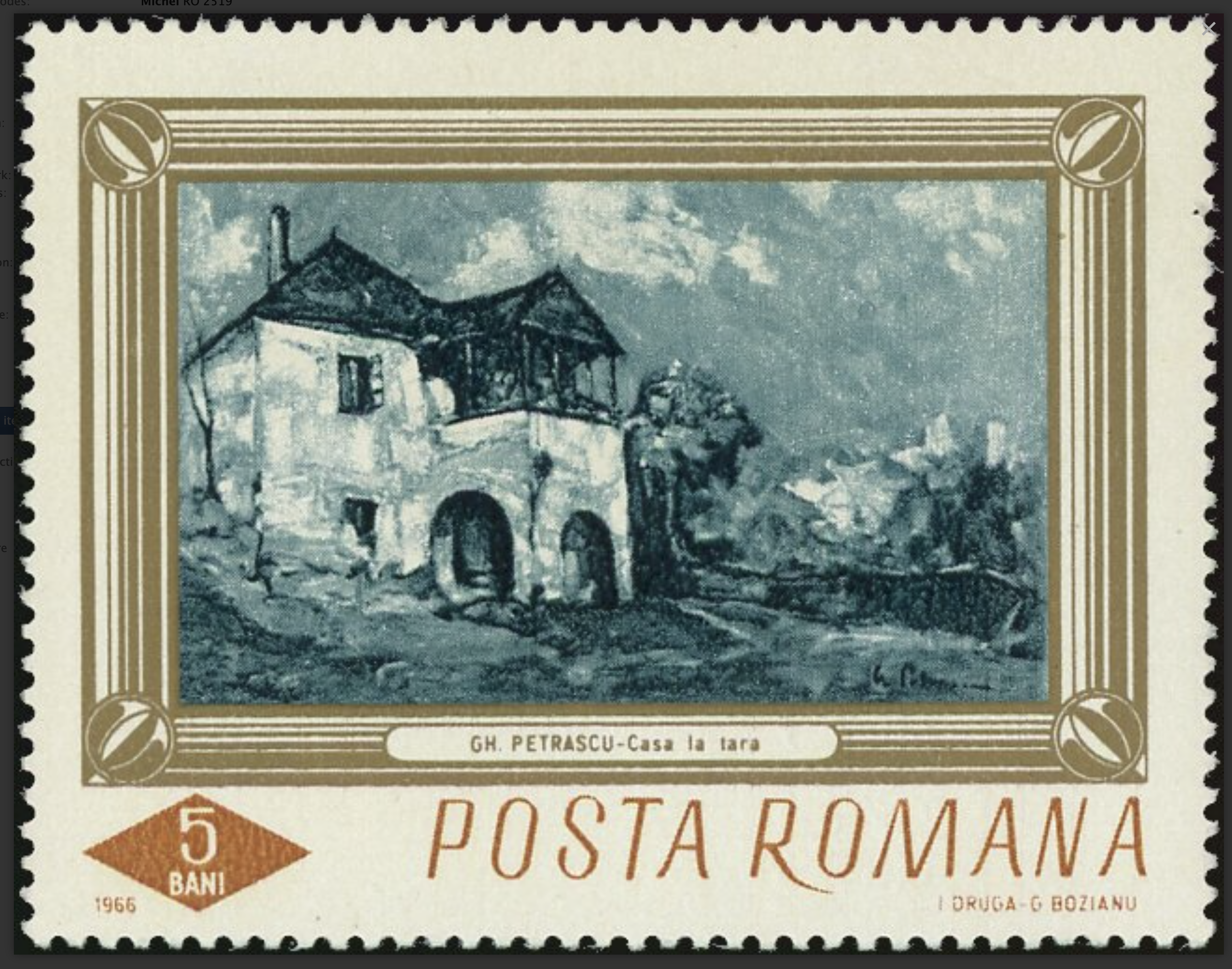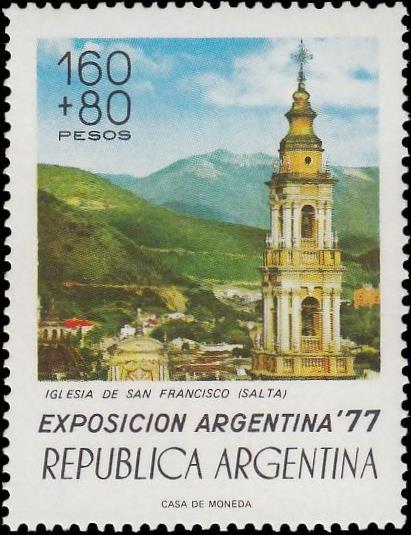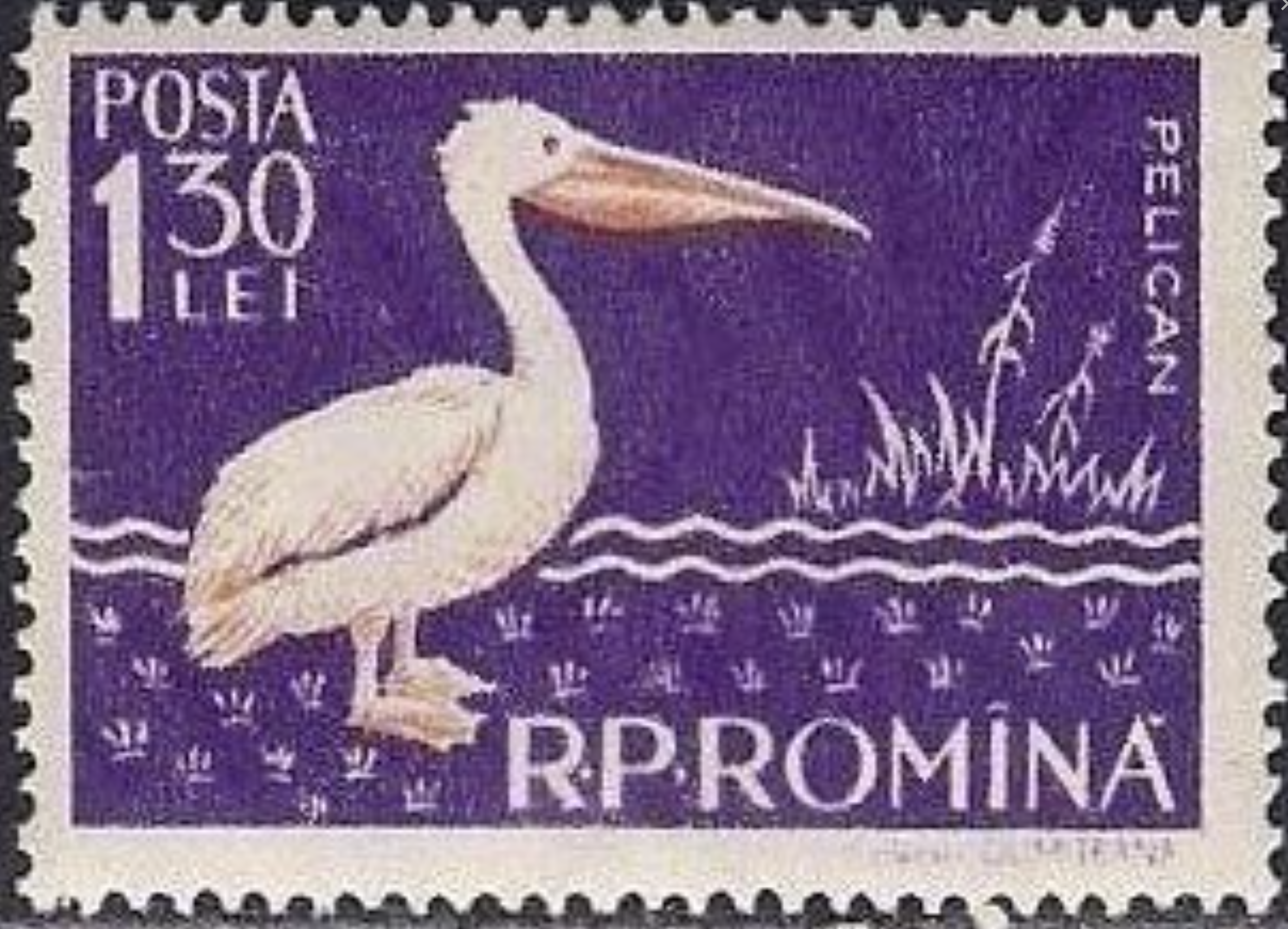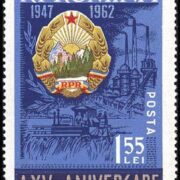Barbados # 464 (1977) – 350th Anniversary Charter
$0.35
Barbados # 464 (1977) – 350th Anniversary Charter
Description
Barbados # 464 (1977) – 350th Anniversary Charter
The Charter of Barbados with the Earl of Carlisle refers to the agreement made between the English Crown and James Hay, Earl of Carlisle, in 1627. This charter was significant in the colonization and governance of Barbados during the early years of English settlement in the Caribbean.
Key provisions of the Charter of Barbados with the Earl of Carlisle included:
- Land Grants: The charter granted James Hay, Earl of Carlisle, and his heirs extensive land rights and authority over Barbados.
- Governance: It provided for the establishment of a local government on the island, with the Earl of Carlisle as its proprietary governor.
- Taxation and Trade: The charter outlined regulations for taxation and trade within the colony, often favoring the interests of the proprietors.
- Legal System: It established a legal system for Barbados, including the establishment of courts and the appointment of judges, typically with the involvement of the proprietors.
- Religious Freedom: The charter generally allowed for religious freedom, though the proprietors often held significant influence over religious matters.
- Settlement and Development: It encouraged settlement and development of the island, with provisions for land grants to settlers who agreed to cultivate the land.
The Charter of Barbados with the Earl of Carlisle was an early attempt by the English Crown to establish governance and control over its colonial possessions in the Caribbean. It set the stage for subsequent colonial charters and agreements in the region and played a role in shaping the early history of Barbados under English rule.
Ready to ship in 3-5 business days from United States (US)
Additional information
| Condition | |
|---|---|
| Country | |
| Scott Number | |
| Stamp Format | |
| Stamp Type | |
| Year of Issue |
















